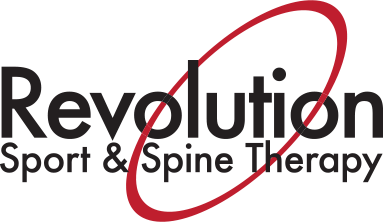WHAT THE HECK HAPPENED?!
The start of the COVID pandemic blindsided the world. Before we knew it, everything began shutting down. Initially, colleges simply closed their campuses to wait out the virus. Within a week, however, I was no longer going to class and unemployed. Going into spring break 2020, I made plans with friends and tried to schedule extra hours at my job to save up for my summer clinical. But, when my employer closed their store, I was forced to move back home in order to save money. I went from having a gym to work out in, classes to attend, a part-time job, what social life doctorate school allows you to have; to sitting at a desk in my basement at my parents house participating in Zoom classes while desperately to keep myself on task and sane.
To be honest, while it was still difficult, my circumstances were easier than most when my county implemented a stay-at-home order. My parents live on a 20-acre lot down the street from the Katy Trail which stretches across the state of Missouri. With the trail and a small pond on our property, I spent my spare time outside walking and fishing far away from everyone. I was able to do most of what I wanted to do outside and even study on the patio when the weather cooperated. Much different than had I been living in the city.
WHAT NOW? CHANGES TO CURRICULUM AND PREPARATION
“While I know our professors tried their hardest to support and encourage us, there was only so much they could do through a computer screen.”
Looking back, it seems so surreal how fast campuses and counties shut down! What we thought was safe and wouldn’t change certainly did. Three of our five classes this semester incorporated hands-on lab learning. Even our pro-bono clinic that we are required to participate in was cancelled. These opportunities allow us to practice what we learn in class with real patients while our professors observe and provide feedback. All those hours and opportunities to practice and learn essential skills suddenly vanished. While I know our professors worked their hardest to support and encourage us, but there was only so much they could do through a computer screen. With my first clinical experience at the end of the spring semester, I felt less prepared, overwhelmed, and I doubted myself. I was unsure if I knew what I needed to know to start.
NEW CLINIC LIFE: WHAT IT’S LIKE
“The team here has been absolutely incredible. (sic) Willing to lend a limb or two in order to allow me to practice my skills and gain confidence.”
Fast forward to today, I recently finished eight-week clinical here at Revolution in Soldotna. I had arrived in Alaska two weeks early in order to quarantine. I spent those two long weeks reviewing as much information as possible to prepare myself for my clinical. COVID influenced a lot in the past few months, including the environment within the clinics. Face masks for providers and patients are a necessity. The difficult thing with masks is that we cannot read our patient’s faces. Facial expressions are an important form of non-verbal communication for pain and discomfort, which are very important during treatment. Instead, the emphasis is on eye contact and trying to read patient’s expressions through their eyes. Sanitation of surfaces has also been taken to a whole other level. Wiping every contact surface in the clinic and gym constantly before and after use.
Regardless, I have learned so much during my time here. I am have gained valuable hands-on experience, that I lost because of COVID, which is important for me to grow as a practitioner. I am thankful to the team here at the clinic that allowed me to still complete a clinical. Many of my classmates had to find backup locations when their first clinical site canceled. The team here has been absolutely incredible. They have all been willing to lend a limb or two in order to allow me to practice my skills and gain confidence.
ADAPTABILITY: THE BIGGEST LESSON
Looking back, the one lesson I take away from this entire COVID experience, is adaptability. Our professors encourage us to be adaptable as physical therapists; patients are not going to show up as textbook cases, treatment’s don’t always go how you think they might. We, as students and therapists, must continually adapt to the needs and wants of our patients. Through COVID-19, the opportunity to take that lesson and apply it to real life has been a necessity.

The way you explain a complex topic in an easy-to-understand way is really impressive.